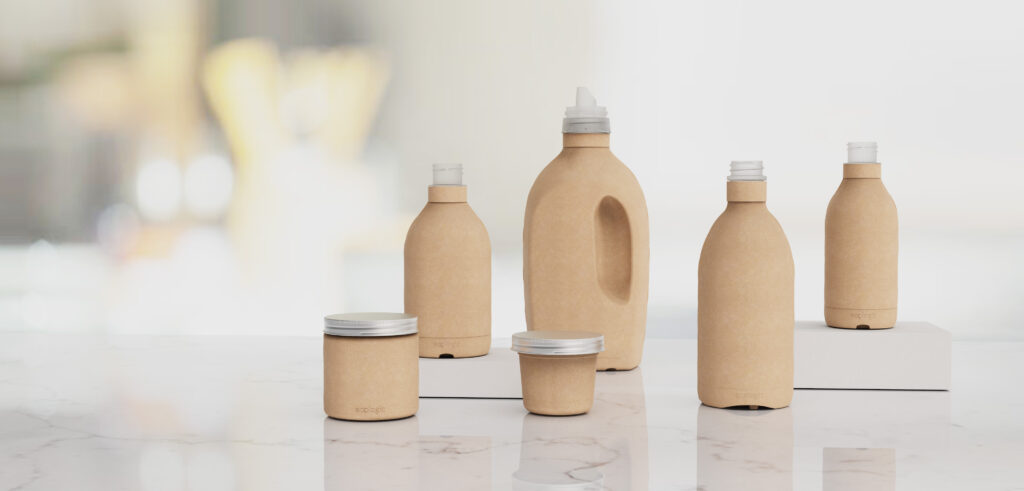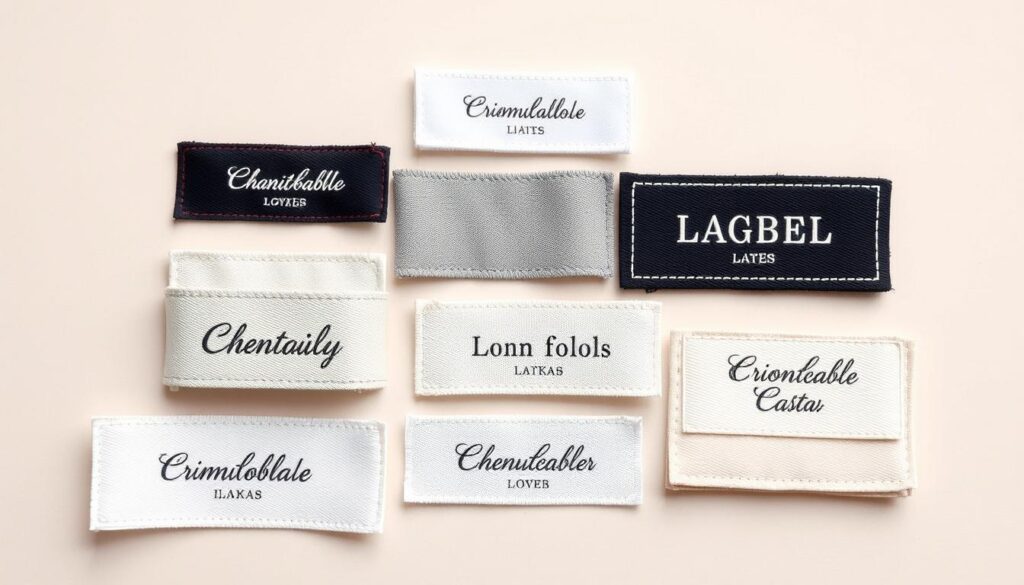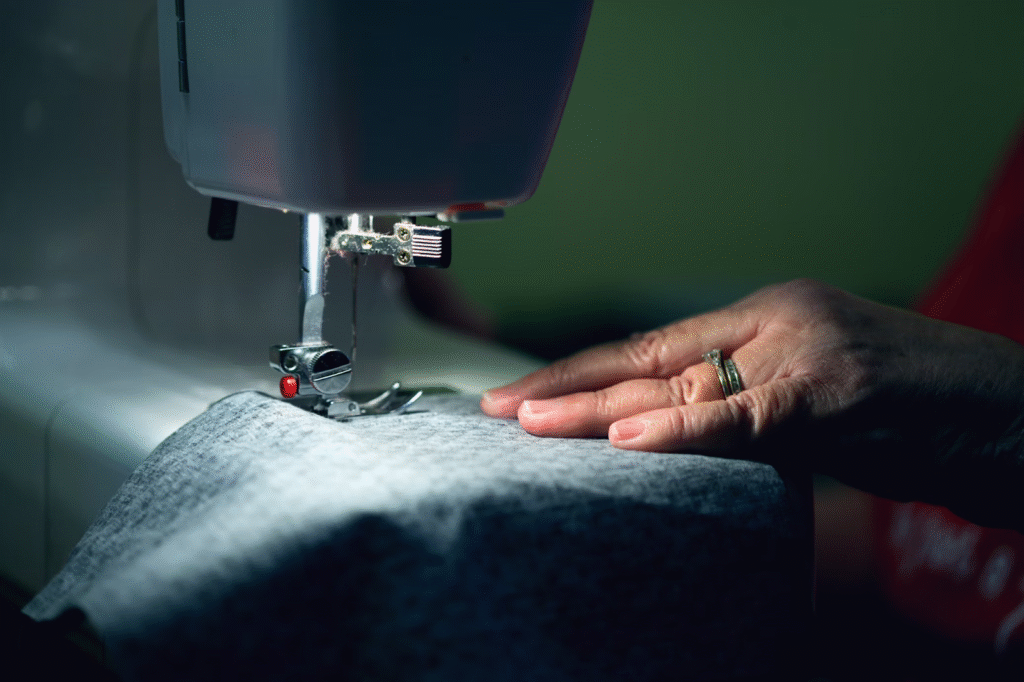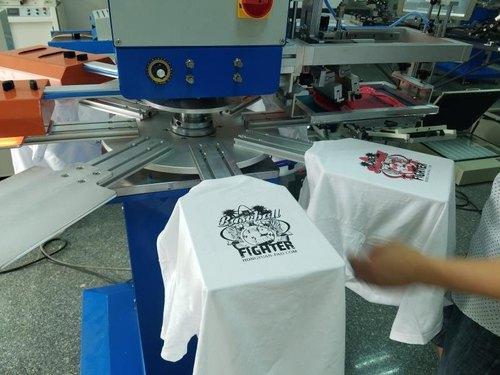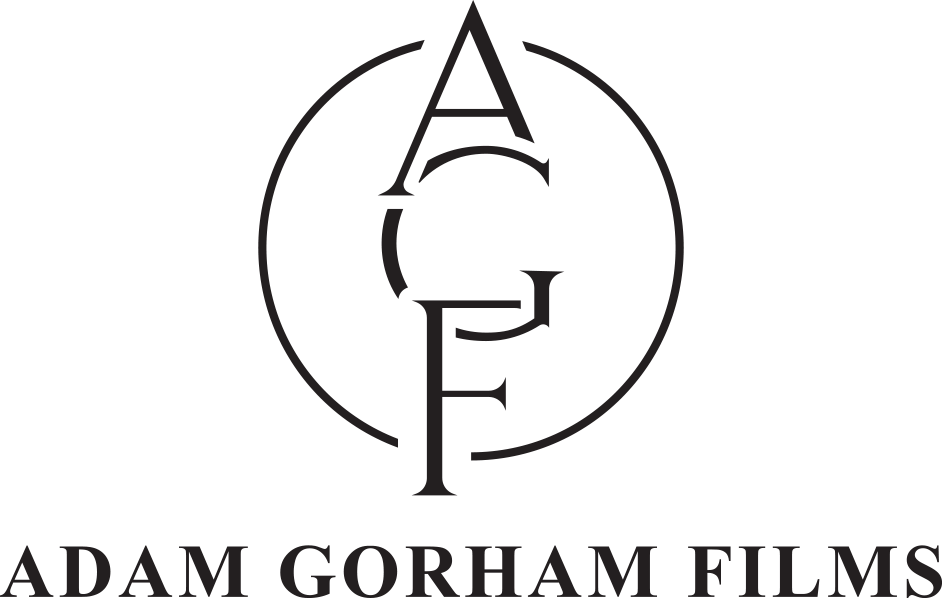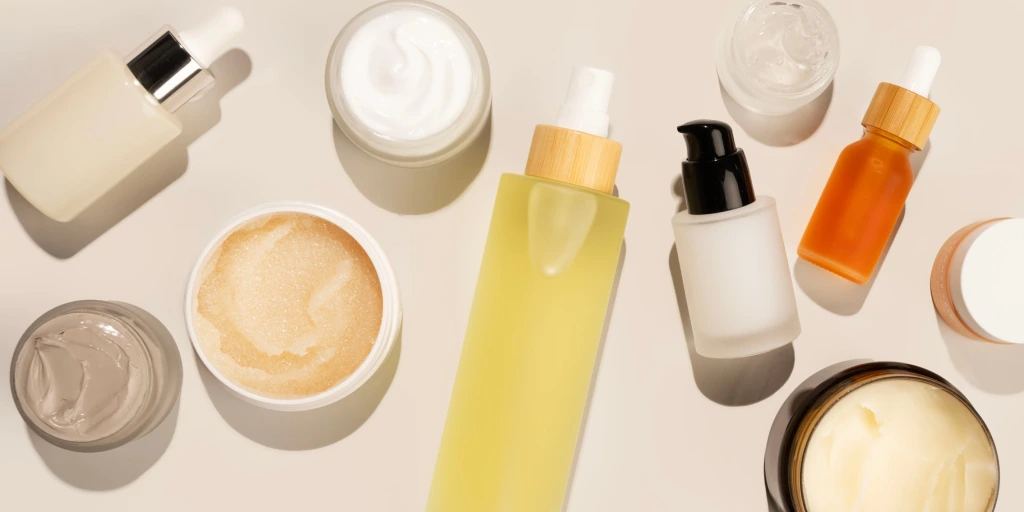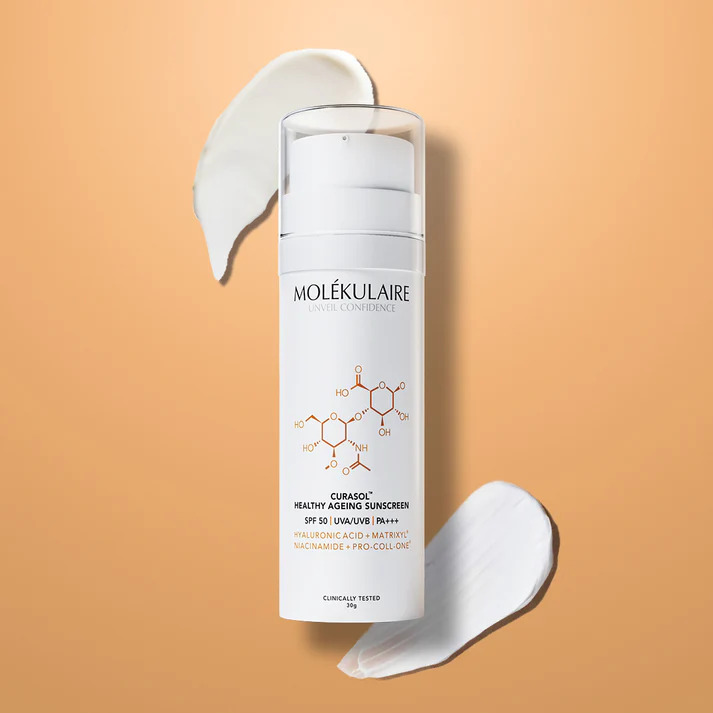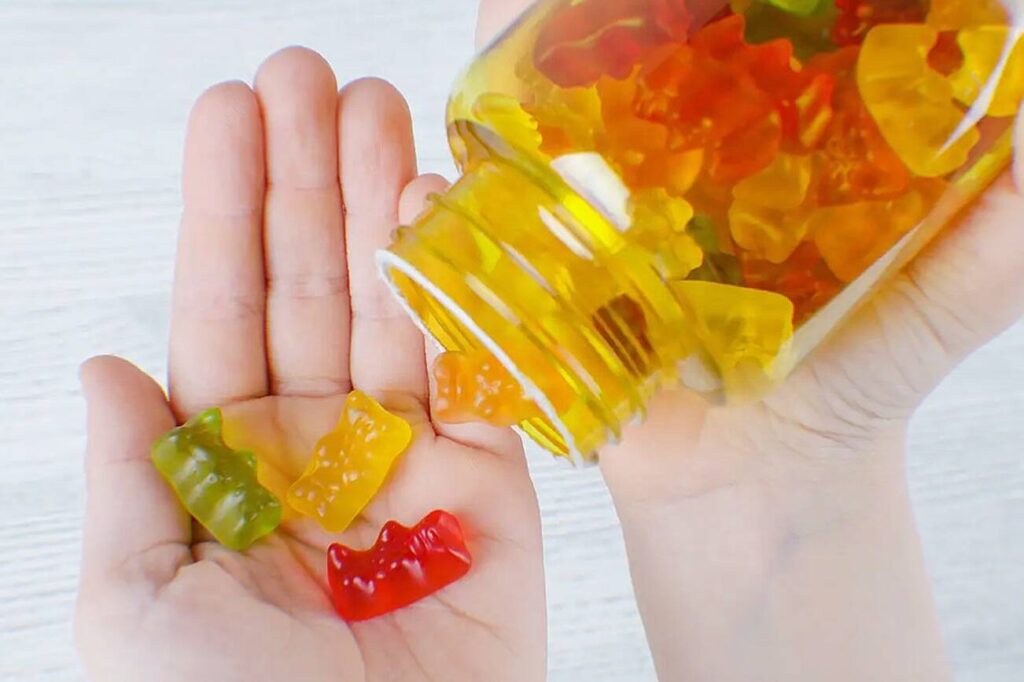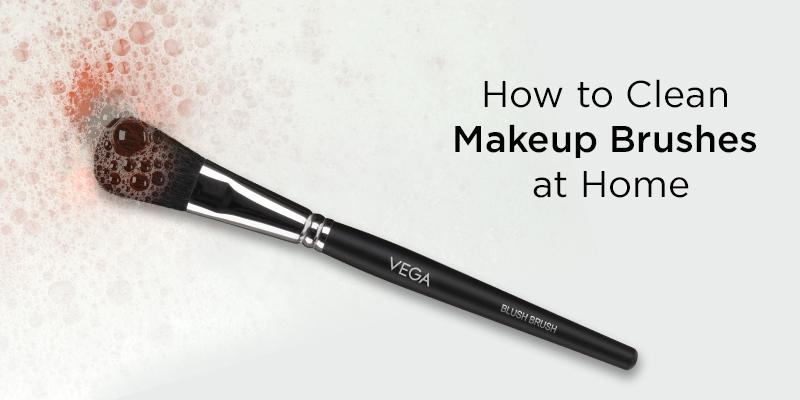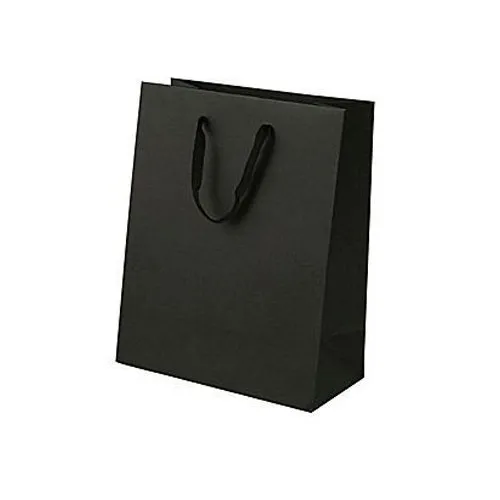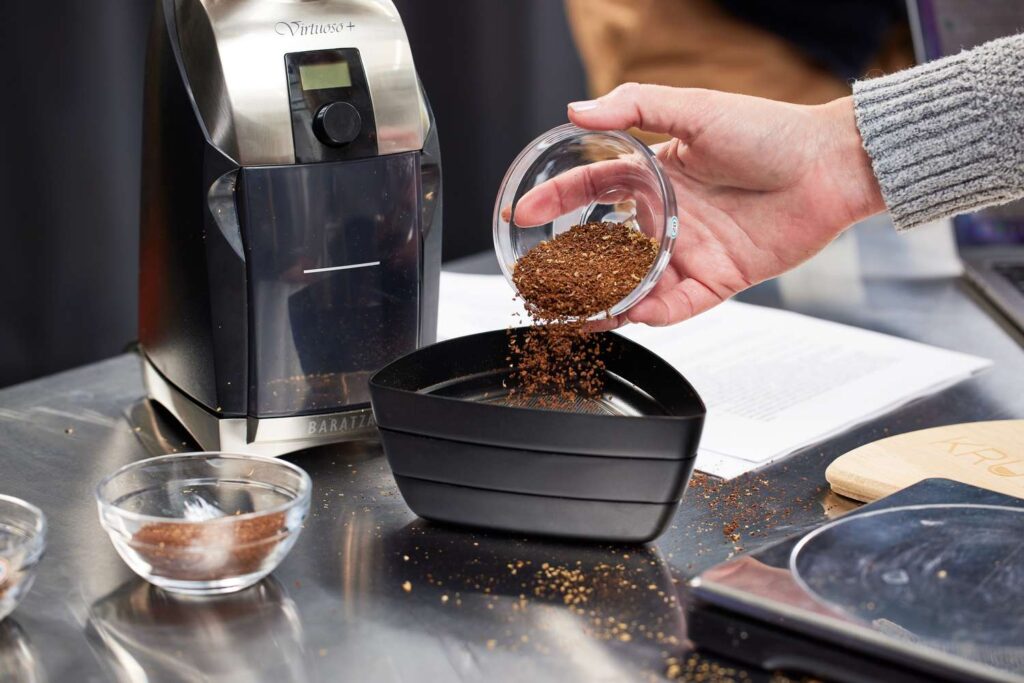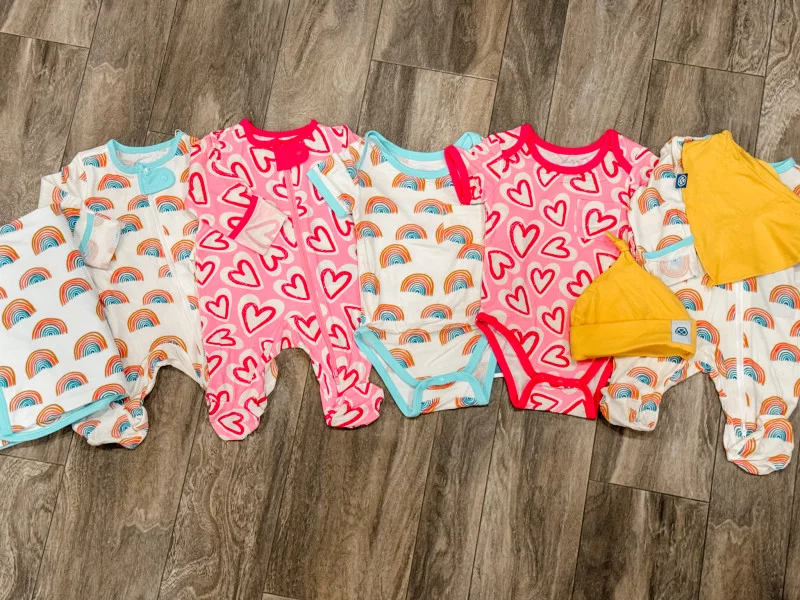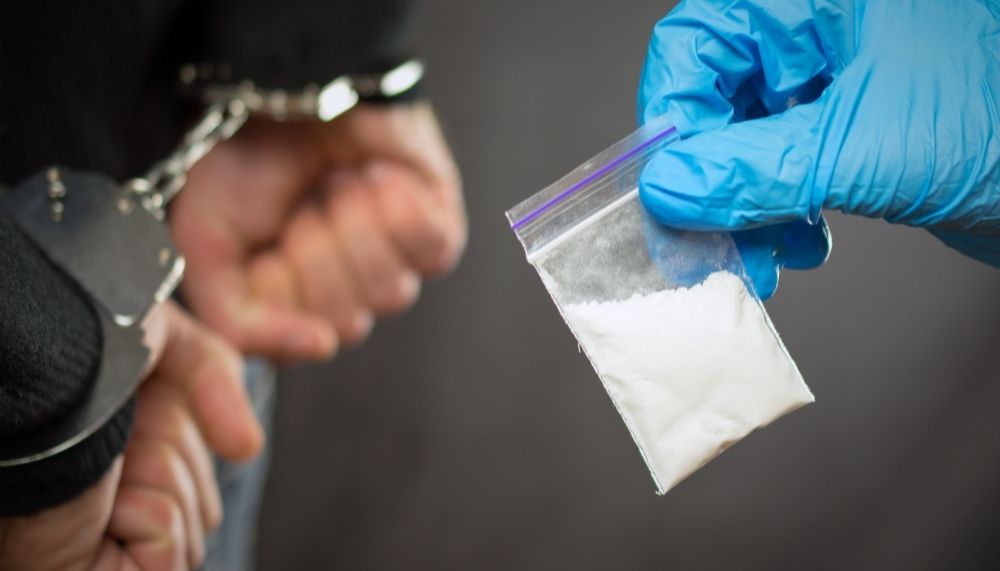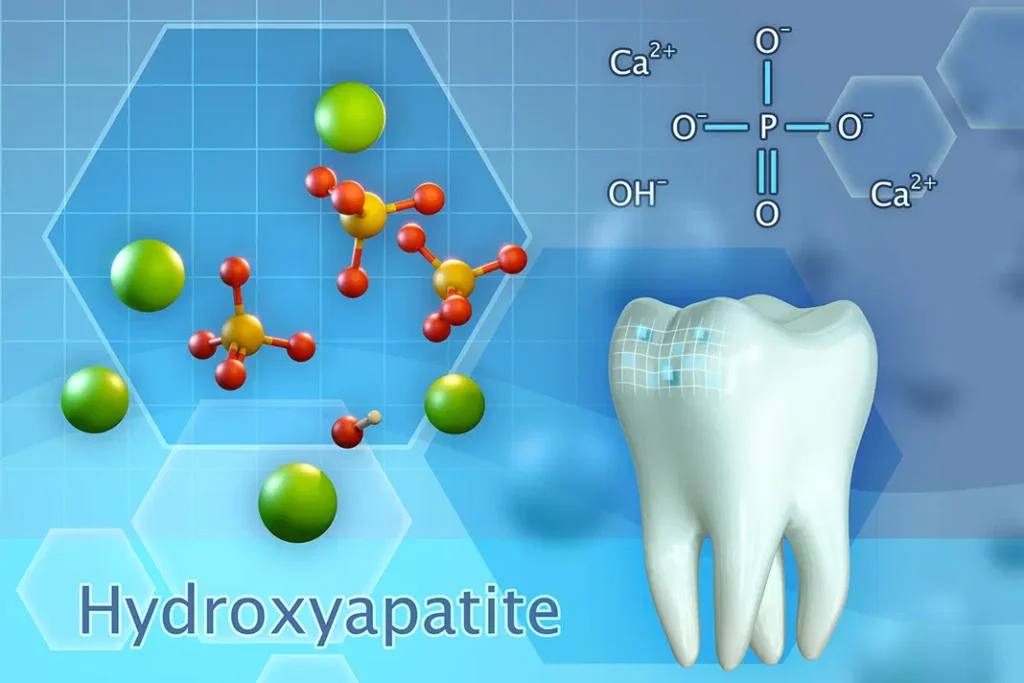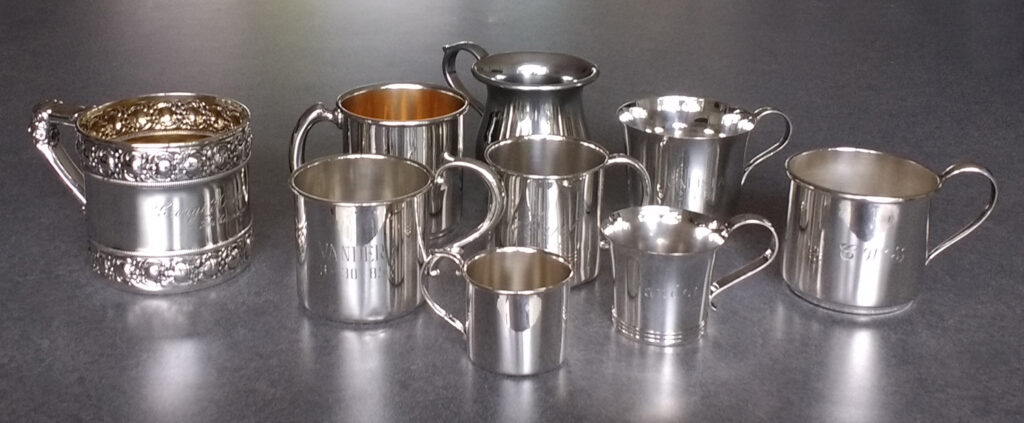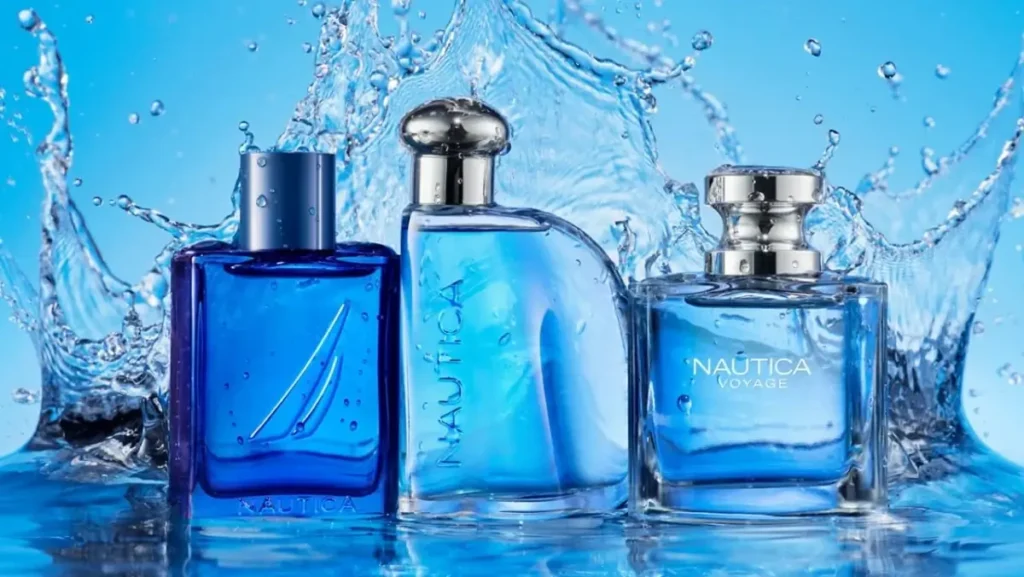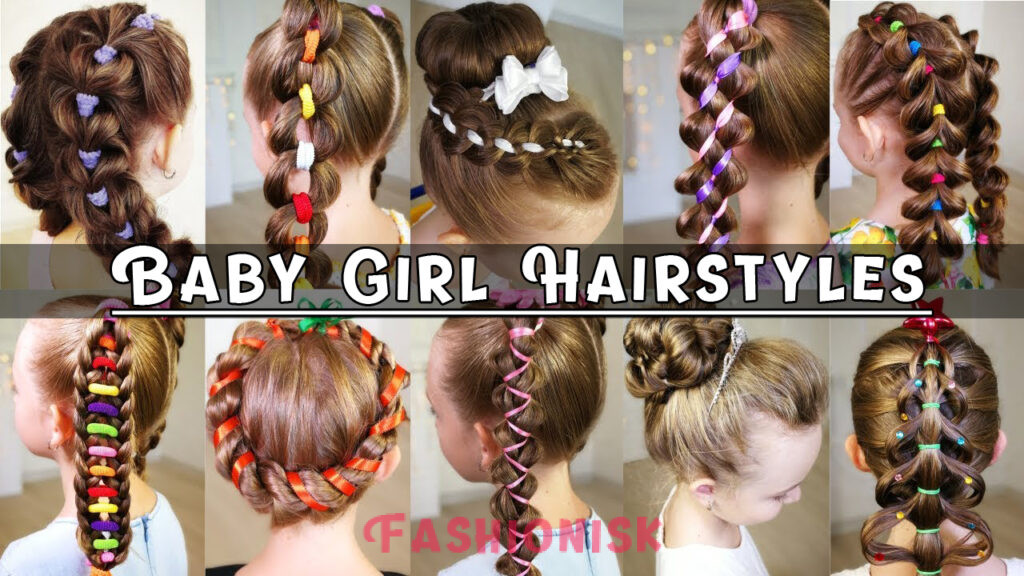‘Toddler Milk’ Found to Be Unwholesome: Why This Should Not Be Surprising

Once a baby is born, there are only different faces of joy reserved for their parents. It’s natural to capture and celebrate each milestone like their first steps, first words, etc. The toddler period which generally extends from one to three years of age is often a learning curve full of developmental mileposts.
As the baby’s body and brain grow, the child’s nutritional needs also evolve. As of 2023, nearly 25% of the world’s population comprised children. These little humans are the future of every nation and must have their dietary needs met.
The only problem is that this is easier said than done. Yes, despite a host of fortified toddler milk products, none meet the standards for optimal health. In this article, we will discuss this in detail and why it should not come as a surprise.
The ‘Necessary Next Stage’ That Isn’t So Necessary
The Centers for Disease Control and Prevention (CDC) shares that a six-month-old infant can be introduced to solid foods. Within another month or two, the baby can even consume foods from a wide variety of groups, including yogurt, grains, vegetables, and more.
Gradually incorporating more foods from different groups helps meet the child’s nutritional needs for zinc, iron, calcium, etc. You need to wait at least three to five days for each new food item. Does this mean milk is completely out of the picture?
Not really! Even the World Health Organization (WHO) recommends feeding breastmilk for at least six months after life commences. However, the same can be continued for toddlers two years and above along with relevant complementary foods.
Do make a note that we are talking about human milk here. Commercial milk formula companies selling powdered mixes often emphasize the importance of ‘next-stage’ solutions. These pertain to age groups of six months to three years.
Recent studies have found that the next-stage solution is usually nutritionally incomplete and unnecessary. What’s even worse is that some brands do not even distinguish between baby formulas and toddler products. Parents need to know that the two are not the same and the latter could simply be called beverages or drinks at best.
The primary issue was found to be the products’ ingredients that do not align with a toddler’s nutritional requirements. ‘Commercial toddler milk’ is found to have high amounts of protein and not enough iron, zinc, or essential fatty acids. The unsuitable combination only thwarts the child’s physiological development.
Why Milk Formulas and Fortifiers Have Always Been Held in Low Regard
If we time-travel back to the 19th and early 20th centuries, the concept of purchasing infant milk, especially in the powdered form was unknown. Women of the aristocratic society hired ‘wet nurses’ or lower-class women to breastfeed their babies.
The period for which an infant would be breastfed could vary but there were essentially no commercial formula-fed babies. Even when such products emerged, they did not attract positive attention. Mothers were wary of artificial food items for their babies.
Over the following decades, commercial baby formulas mainly thrived off of young mothers’ vulnerabilities. Many could not breastfeed their babies due to valid reasons like low milk supply, latching issues, postpartum stress, etc. Since wet nurses are no longer available, desperate mothers turned to commercial baby formulas.
Sadly, this does not take away from the fact that formulas are harmful to infants. Besides the risk of bacterial contamination in manufacturing facilities, the ingredients could impact the baby’s delicate bodily systems. A recent outrage occurred against baby formula manufacturers like Abbott Laboratories and Mead Johnson.
These companies’ products, Similac and Enfamil, respectively have been criticized for causing necrotizing enterocolitis (NEC) among infants. As per TorHoerman Law, the most affected groups are premature babies and those with very low birth weight. This condition, affecting the gastrointestinal system, forms a hole or perforation in the baby’s intestines.
The perforation becomes an avenue for harmful bacteria to enter the bloodstream. Parents of affected babies have filed the Similac and Enfamil lawsuit to seek justice. As of 2024, there are still 400+ cases awaiting settlements across Federal courts.
Word is spreading that baby formula manufacturers were aware of the complications and still chose not to disclose them. That gives us further cause to assume a skeptic’s stance towards commercial baby formulas for all age groups.
A Tough Choice for Vulnerable Parents
In the past two years, the US has even witnessed successive rounds of baby formula fiascos due to recalls, supply chain disruptions, and stockpiling. We completely understand the sentiments of a loving parent who only wishes to offer their baby sustenance.
As much as that is true, so is the fact that commercial baby formulas are not reliable. So, what are vulnerable parents supposed to lean on? The best alternative as of now would be to procure milk from a human milk bank.
Undoubtedly, this can be a tough choice to make. Take your time to research about reputed milk banks in the local area. Visit in person to monitor the facility’s milk collection, storage, and distribution practices. When done hygienically, these banks can become the modern wet nurse that babies need.



















































































